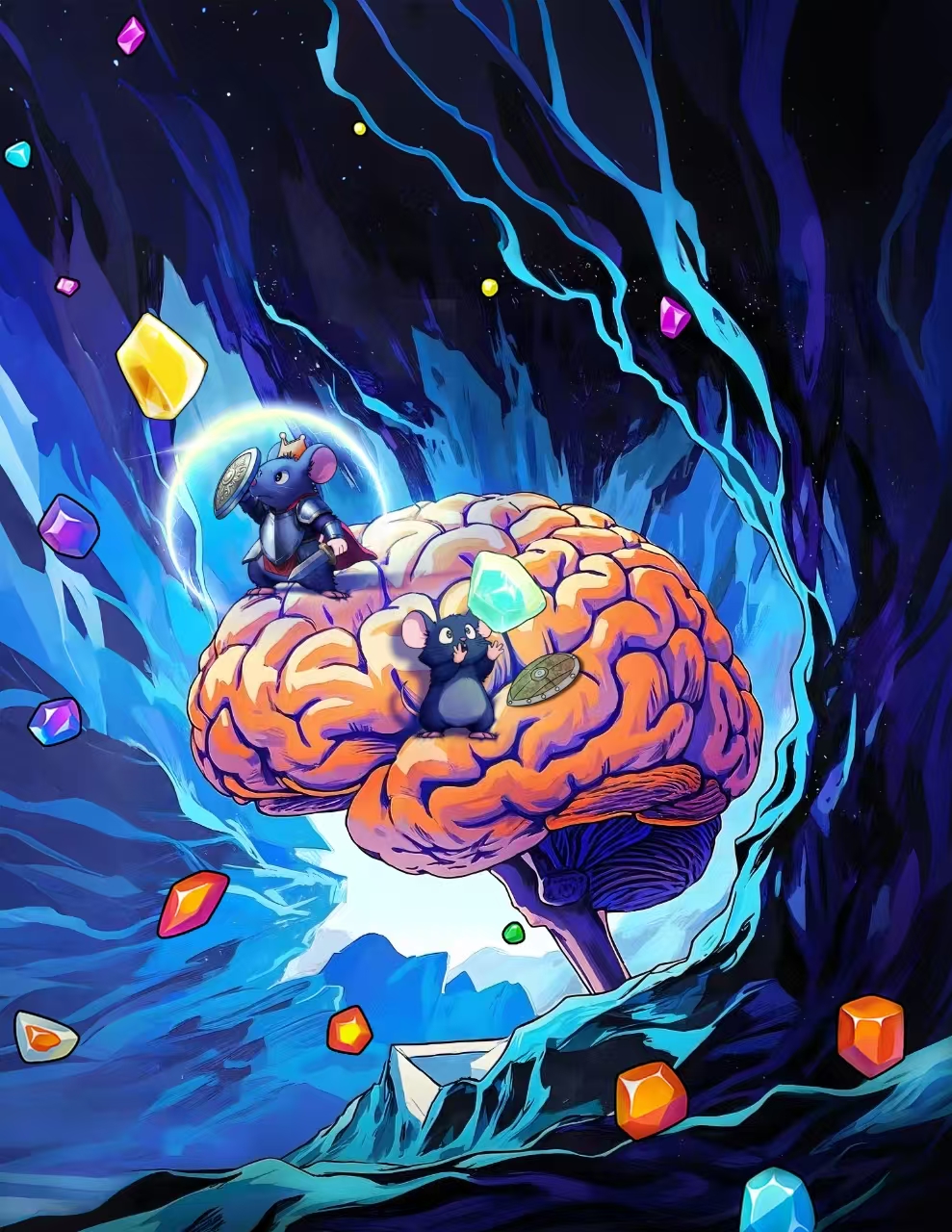Drug addiction poses a global public health challenge, with limited therapeutic options and modest efficacy. While clinical observations suggest that social rank plays a crucial role in determining susceptibility to addiction, its neural mechanisms remain unclear.
In a study published in Nature Neuroscience on May 12, a research team led by Prof. ZHU Yingjie from the Shenzhen Institutes of Advanced Technology (SIAT) of the Chinese Academy of Sciences has revealed the neural mechanism underlying the role of social rank in addiction vulnerability.
Using advanced techniques including fiber photometry, fast-scan cyclic voltammetry, optogenetic manipulation, and volumetric imaging with synchronized on-the-fly scan and readout, the researchers investigated the functional and structural differences in the dopamine system among rodents of varying social ranks. They found that an animal's social rank influences its tendency to seek methamphetamine (METH) by affecting two key dopamine pathways in the brain: mesolimbic and mesocortical pathways.
The mesolimbic pathway delivers dopamine to the nucleus accumbens (NAc), a brain region associated with reward and pleasure, thus increasing drug-seeking behavior. Conversely, the mesocortical pathway sends dopamine to the medial prefrontal cortex (mPFC), a region involved in executive control, helping animals resist addictive behaviors.
"Low-ranking mice have a stronger 'reward' pathway and a weaker 'control' pathway in the brain-like a fast car with weak brakes-making them more likely to seek drugs. In contrast, high-ranking mice have a weaker 'reward' pathway and a stronger 'control' pathway-like driving a car with effective brakes and controlled acceleration-helping them resist drug cravings," explained Prof. ZHU.
To test this hypothesis, the researchers used pharmacological and optogenetic tools to regulate these two dopamine pathways. They found that lowering dopamine-related proteins in the NAc of low-ranking mice made them take less METH. In contrast, when dopamine fibers in the mPFC of high-ranking mice were damaged, those mice took more. Most interestingly, when the mesocortical dopamine pathway was activated using optogenetic stimulation, the mice not only won more often in a social competition test but also showed much less interest in seeking METH later on.
Importantly, the researchers found that introducing winning experiences to low-rank mice not only elevated their social rank but also reduced later drug-seeking behaviors. These behavioral changes were linked to functional and structural remodeling in both the mesocortical and mesolimbic dopamine pathways.
This study presents a novel theoretical framework for understanding the neural mechanisms and social factors that contribute to addiction susceptibility, offering valuable insights for developing new treatment and intervention strategies. "For example, by enhancing an individual's sense of social achievement or simulating successful experiences, one could-at the neural-mechanism level- 'reinforce the brake and weaken the accelerator' to reduce addiction risk. Our study provides scientific evidence supporting the development of non-invasive stimulation therapies aimed at reducing addiction vulnerability," Prof. ZHU said.

At the prefrontal cortex, a crowned mouse bearing a shield fends off the meth crystals, while at the nucleus accumbens another mouse drops its defenses to reach for them. Below, a yawning abyss warns of the deadly grip of addiction and dependence. (Image by SIAT)






